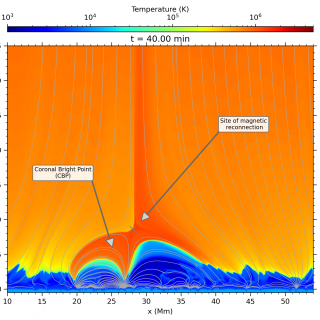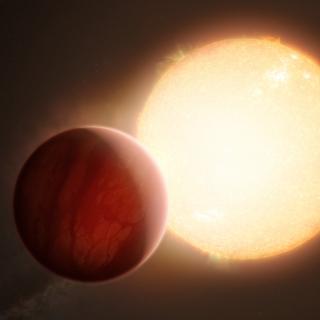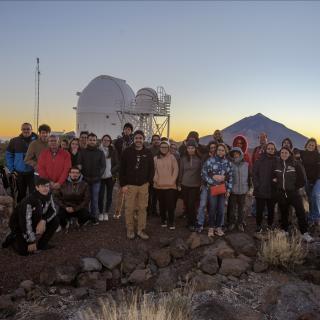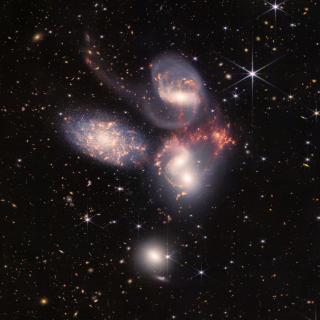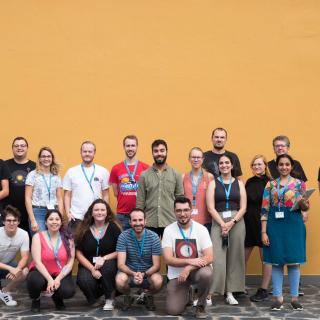
The European Research Council (ERC) has awarded an ERC Advanced Grant, funding for the development of research projects at the frontiers of knowledge, to the Professor of the Higher Council for Scientific Research (CSIC) Eduardo L. Martín Guerrero de Escalante, who is an active researcher at the Instituto de Astrofísica de Canarias (IAC). The project, entitled “Substellar Science with the Euclid Space Mission“ (SUBSTELLAR) has, as one of its main objectives, the use of data from the future space telescope Euclid to increase our knowledge of objects with substellar masses (brown dwarfs and
Advertised on
